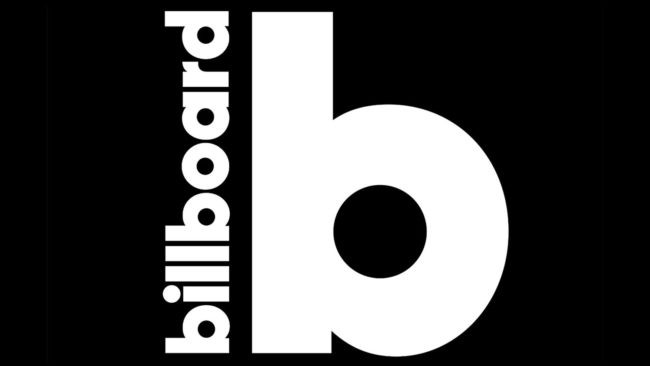*FEATURE* How Billboard Charts Music

Originality, sound, and lyrics are a few of the things that go into making a "good song." Even though music is an art, it’s purchased and promoted like a product to boost hype from the general public. The earnings from sales are calculated into chart data providing insight on their success and popularity. In the United States, Billboard is the main music chart that calculates sales, streaming and other information into where the artist lands in the rankings.
Neilson Music provides the data used for all Billboard charts. Neilson informs record labels and artists with information from global markets on who’s favoured among fans and what’s dominating. A major Billboard chart is the Hot 100 which showcases mainstream singles based on digital and physical sales, radio play, and streaming. Streaming plays a large part in charting and is calculated differently based on tiers: paid subscription streams are more valuable at 1,250 streams to equal one album. Ad-supported streams must reach 3,750 streams to be album equivalent. In addition, Billboard 200 ranks two hundred of the most popular albums and EPs using similar criteria but excludes video streams to establish the most popular music.
In addition, social media has also become a prominent feature when ranking artists. The Artist 100 chart measures activity in music consumption, album and track sales, radio play, as well as social media relevance. Most charts determine rankings with these standards but some charts are specialized. For example, Top Social 50 chart only pertains to social media by tracking followers, mentions and comments, tweets and retweets along with likes, music video views, and Wikipedia searches. The data and statistics are calculated to be released every "chart week" which occurs Tuesday through Wednesday and refreshes on Thursdays.